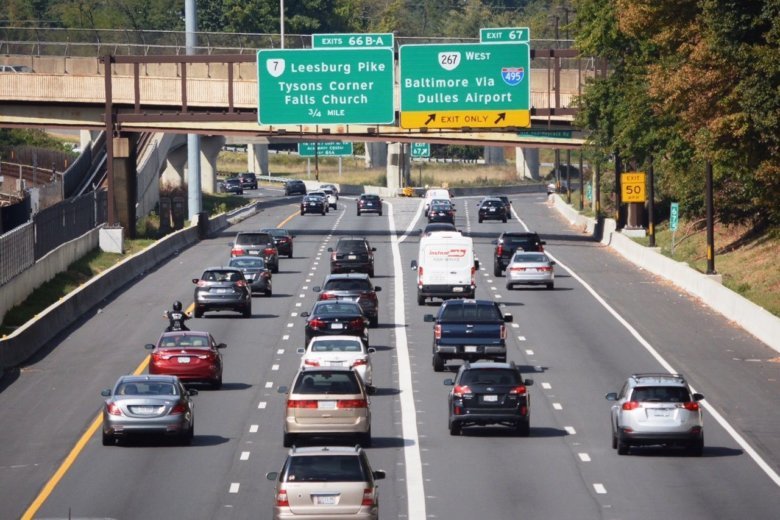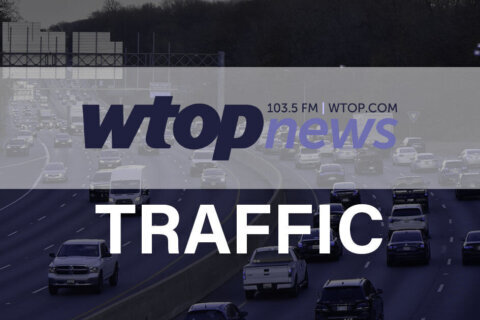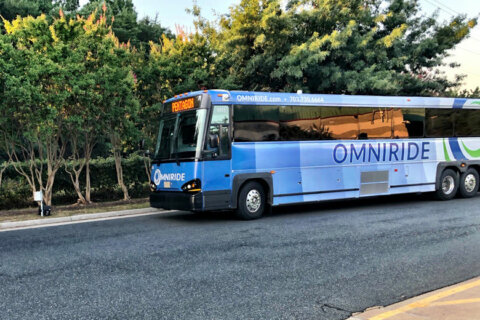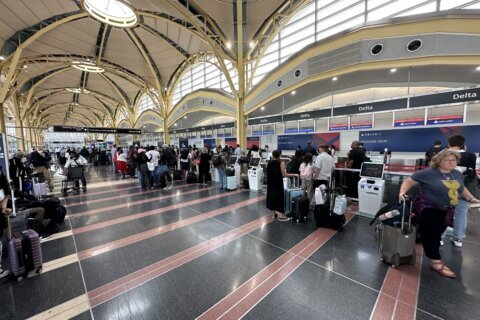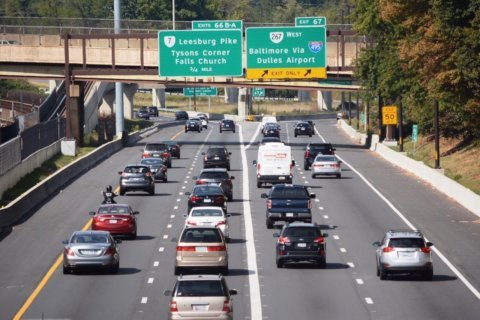
WASHINGTON — States up and down the East Coast are taking their first look at charging drivers per mile — even on roads ostensibly without tolls — to raise money for road and bridge projects as existing gas taxes become less effective.
Last week, about 140 people began having their driving tracked as part of a three-month pilot program led by the Delaware Department of Transportation and I-95 Corrdior Coalition, an association representing transportation, tolling and related organizations 16 states and the District of Columbia from Maine to Florida.
A second phase starting later this year will expand the group and cover the trucking industry.
There have been somewhat more extensive studies of charging people per mile driven on the West Coast, and the new study funded by a $3.1 million federal grant focuses in part on the complexity of driving on the East Coast where crossing state lines is much more common, I-95 Corridor Coalition Executive Director Patricia Hendren said.
“Also we want to look at the difference between urban and rural,” Hendren said. “We want to make sure that this is a fair system going forward, and, also, there are a lot of concerns about privacy.”
For now, the 140 people participating are mainly transportation officials, lawmakers and others interested in the idea often referred to as VMT for vehicle miles traveled or as the coalition puts it MBUF for mileage-based user fee.
“What’s happened over time is as cars get more fuel efficient and we have more electric vehicles on our roads, the connection between how much you use something and pay for it has been broken,” Hendren said.
Those in the pilot program are using all the technology and are being tracked by a private company but are only getting “faux invoices.”
The invoices list the number of miles driven in each state in a given period, how much the driver is estimated to have paid in gas taxes and how much they might pay under a theoretical miles-based charge.
For now, the invoice assumes the goal would be to charge an average driver the same amount as the existing gas tax, which in Delaware would mean a charge of about 1.05 cents per mile, in the District would be 1.07 cents per mile, in Virginia would be 1.02 cents per mile and in Maryland would be 1.52 cents per mile.
The study analysis is also slated to look at how the fee would fit in with existing toll facilities.
Ultimately, any state legislature that took the jump to adopt the fee would set its own rate and those hypothetical rates are simply an example.
The private company running the pilot tracks users cars directly or tracks a cellphone GPS signal when the phone is synced with a device left in the car to identify when the driver is in his or her own vehicle as opposed to riding with a friend or taking the bus or train.
If the fees expanded, they could be charged to drivers without the GPS tracking or from out of state through photo enforcement or E-ZPass-like accounts.
“If we go to a system like this in the future, there has to be choices. So we want to have a device in the car, on your phone, or have no technology at all as an option and have it be more of a paper process, so we’re looking at it all,” Hendren said.
“We’re really kind of testing some key concerns on privacy, equity, and then just the complexity of the East Coast.”
The group of 140 participants will expand to 1000 later in a second phase that also includes a separate six month analysis of how a mileage-based fee might work in the trucking industry alongside other, existing requirements.
“It’s a very different type of question than passenger vehicles,” Hendren said.

